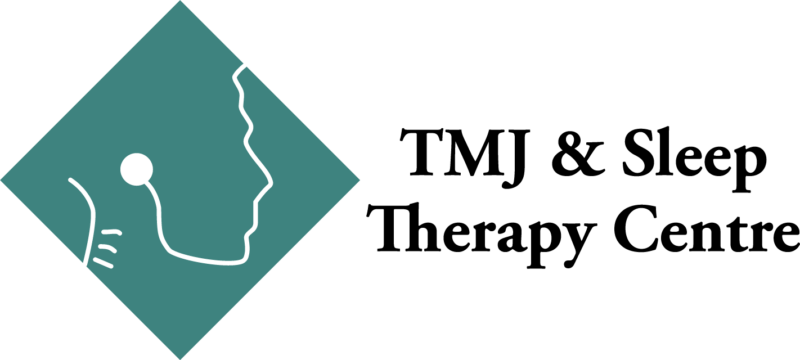Apnea is the Greek word for “breathless,” which describes people with sleep apnea when they are sleeping. In sleep apnea, a person’s — (in the whole animal kingdom, only English bulldogs, pugs, and humans can experience sleep apnea) – sleeping is disrupted hundreds of times nightly as they stop breathing and momentarily wake up. That leaves their brains, and consequently, the rest of their body, starved for oxygen. As you might imagine, it can leave them exhausted too. It is a serious condition that can lead to death if untreated.
There are two kinds of sleep apnea:
- Central sleep apnea, in which the brain fails to signal the autonomic nervous system to breathe.
- Obstructive sleep apnea, in which the respiratory airway is blocked. Known as OSA, it is the far more common of the two.
It’s Charles Darwin’s Fault!
The blame for sleep apnea rests squarely with Charles Darwin. Well, maybe not with Darwin himself, but with his great discovery, evolution. As homo sapiens branched off from the great apes and other human species, we developed bigger brains and smaller mouths. Our tongues descended deeper into our throats and our faces flattened, leaving scant room for air to flow through our noses and into our tracheas. Our throat’s chief air traffic controller is the epiglottis, a valve that closes off our trachea when we eat and flips over the esophagus when we breathe, thereby keeping air out of our stomachs and food out of our lungs. You might think the epiglottis can simply settle in for the night over the esophagus when we sleep. After all, we’re not eating. Ah, but we swallow dozens of times in eight hours, so the epiglottis must remain vigilant even as you slumber. It flips over the trachea every time you swallow and then back over the esophagus to facilitate breathing.
Many causes of this complex condition
Weakness in the muscle that regulates the epiglottis can cause OSA. The collapse of any other structure in the upper airway can also block airflow during sleep. The soft palate can be drawn downward into the throat. The base of the tongue can obstruct the same area. Weak muscles in the pharynx, just above the voice box, can cause it to collapse into the airway as well. Given a narrow air passage and myriad opportunities for the airway to become blocked, it would be wise for humans to do everything they can to keep the airway open. As I said, sleep apnea can be fatal.
Instead, many of us live lifestyles that exacerbate the problem. These are some conditions associated with OSA:
- Men over 40
- Being overweight and obese. (For every 10% weight gain over the recommended range, the odds of experiencing sleep apnea spike 32%.)
- Cigarette smoking. (Heavy smokers have the greatest risk because they are reducing the amount of oxygen in their blood even without breathing problems.)
- A size 17+ neck
- Alcohol use
- Endocrine disorders like hypothyroidism
- African or Asian ancestry
- Genetic predisposition
- Post-menopausal women
- Use of sedatives
- Abnormalities in the soft tissue of the head and neck.
Clearly, there is nothing we can do about our ancestry, genetics or age. But OSA was originally thought to be a condition of obese men because weight seemed to be most correlated with the condition. So while maintaining a normal weight, avoiding tobacco and alcohol and steering clear of sedatives doesn’t eliminate the possibility of OSA, it can dramatically reduce the chances of suffering with it.
For more blogs on Sleep Apnea, TNJ, and other related issues written by Dr. Klauer, click here.
